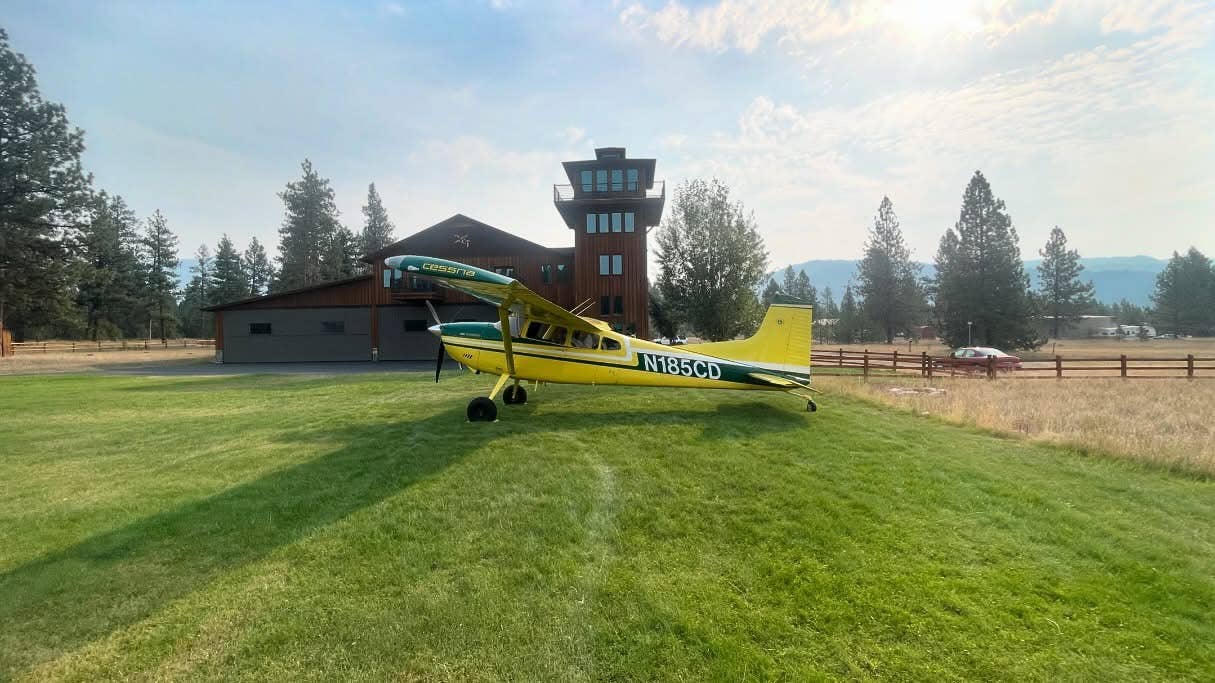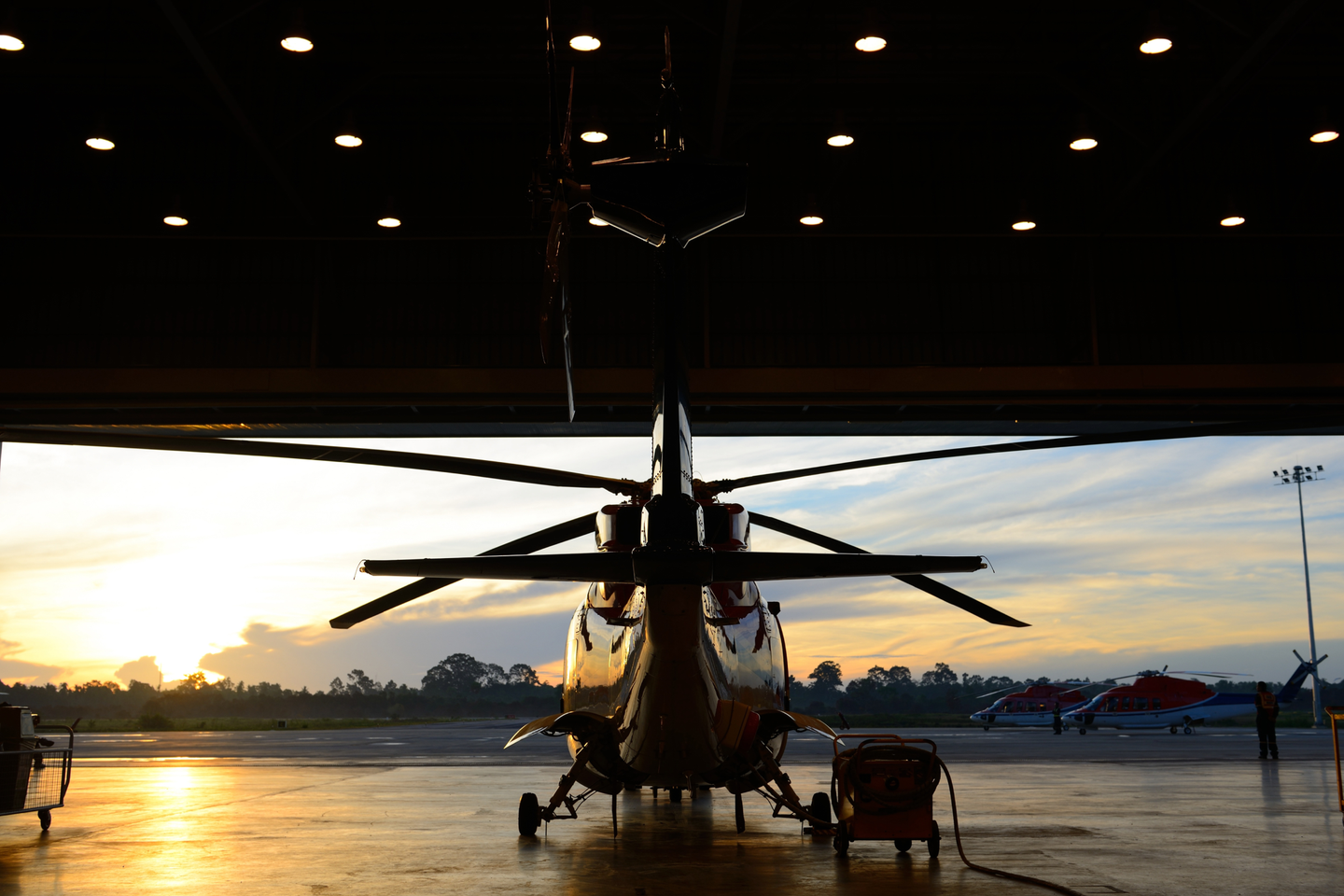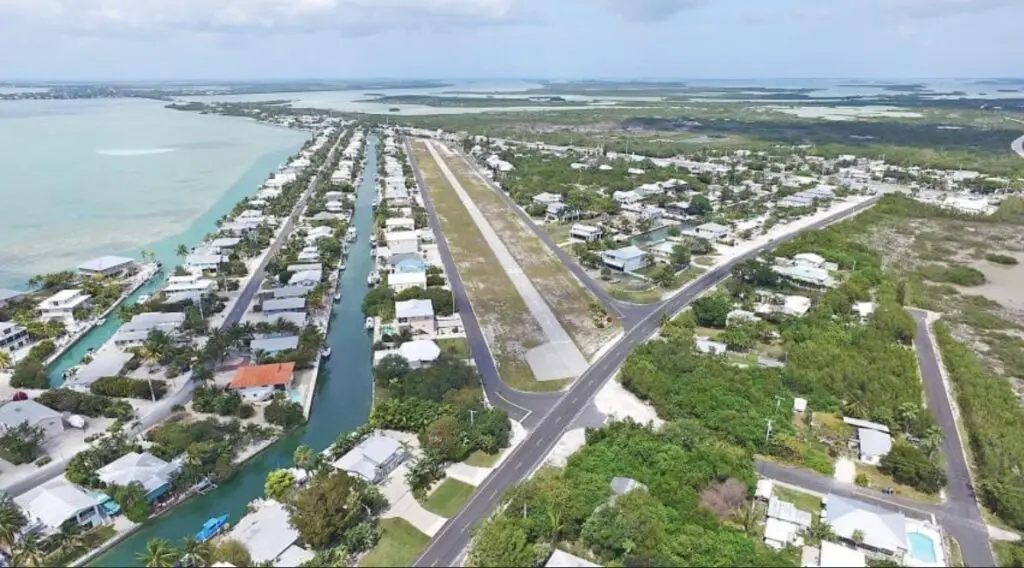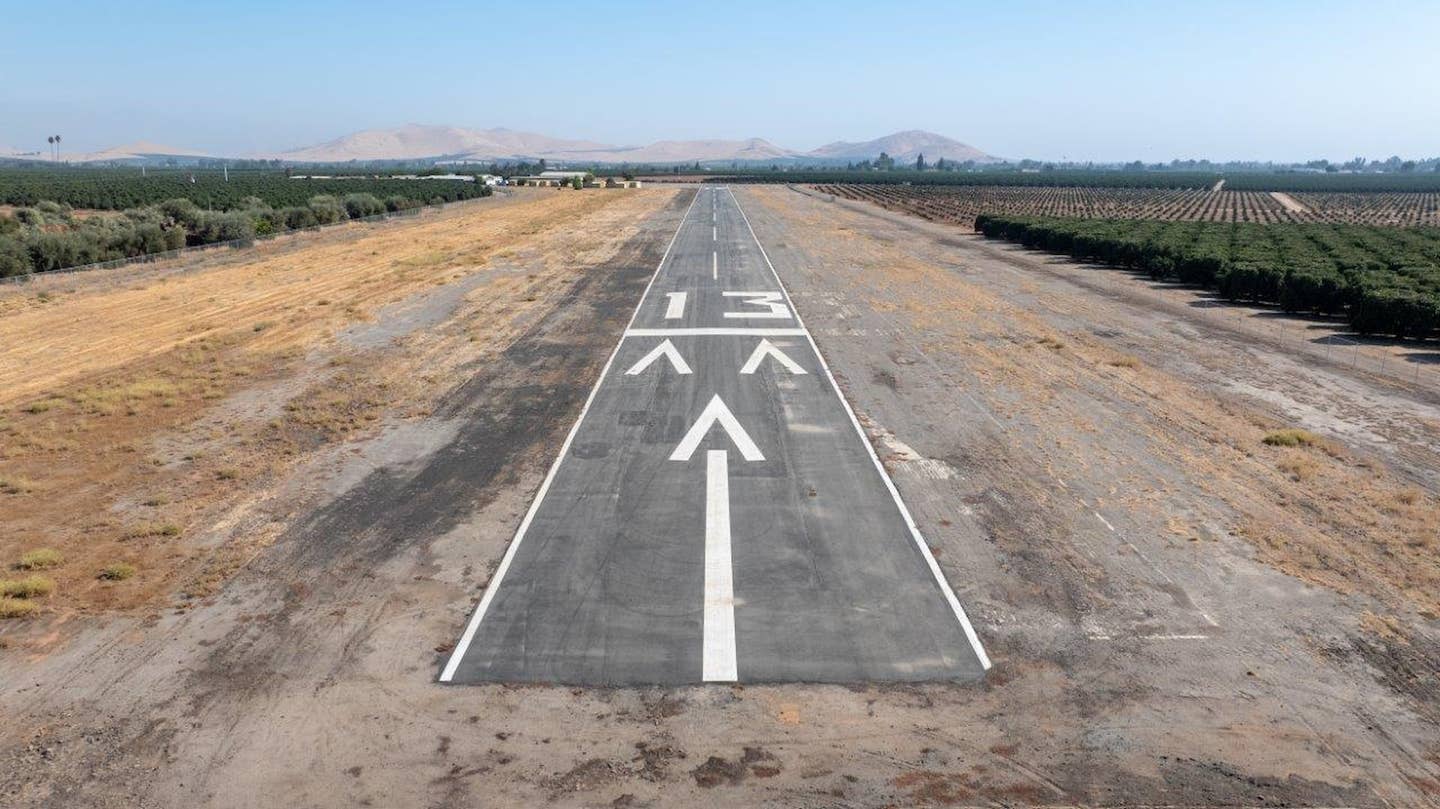Investing in General Aviation
An avid pilot buys a South Carolina airport with an eye on expansion.

Cameron Heddings at Gaston Airport’s runway sign. [Courtesy: Cameron Heddings]
“I’m just speaking for myself here, but I do not believe that you can go into an airport purchase with the mindset of, ‘I want this property to make money,'" said Cameron Heddings, the owner of Uplift Aviation.
"You have to go into it with the belief that it’s something that you truly want, and honestly believe it can do good for the general aviation community,” he added.
“I was looking all over for undeveloped land, to take the more ‘traditional’ route of developing a personal airstrip and hangar home. I quickly realized the amount of work, cost, and permitting that goes into converting what was maybe a corn field or undeveloped land, into a runway.”
Fortunately, Heddings found a suitable existing alternative for sale about 80 nm away from Ridgeland-Claude Dean Airport (3J1) [in South Carolina], which had been Heddings’ previous base of operations for his personal airplanes, as well as some of his company’s managed aircraft.
“During the search for land, I discovered Gaston Airport (2SC8). I called the listing agent and two days later hopped into the Piper Cub and set course for Gaston to meet the current owners and Realtor. The airport had been owned by the same individuals since 2006. Many years before that, it was owned and managed by the county.” he said.
After nearly two decades, the previous owners decided it was time to transition the airport into its next stage of life.
“I purchased the airport a week ago [mid-September 2022]. I had been working the purchase process for about a month and a half. The purchase process was very straightforward. During my initial viewing of the property, I was lucky enough to meet the previous owners. Unfortunately, they no longer fly, so I extended the invite to tag along with me anytime they would like. This way they can still stay active around the airport, since the airstrip meant a lot to him [one of the owners] and his stepfather.”
Heddings explained how he may have had a slight leg up on other prospective buyers for one particular reason.
“The previous owners had a few people look at the property. I feel they wanted the airport that they love so much to go to someone who would treat it right and to continue to build it to the potential that they saw in the property. I think that they saw that with me, especially since it was mentioned that the other individuals who looked at the airport drove in, while I was the only one who flew, which made the owners happy.”
Boasting a sole 3,500-by-100-foot lighted, turf runway, an 85-by-65-foot community hangar, and open acreage, Heddings said he recognized growth opportunities for the airport.
“There is a lot of potential at Gaston (2SC8) for it to be further developed and more active than it currently is. There are about three or four airplanes that are based on the airfield now. With the T-hangar additions and other plans that we have, I am hoping to have 20 to 25 aircraft based there within the next 12 months.”
Not only are new T-hangars presently planned, Heddings sees the long-term need for individually owned box hangars as well.
“In addition to creating new T-hangars, we are also sprucing up the community hangar," Heddings said. "In the area that I refer to as the ‘lower 40,’ we plan to subdivide lots and offer long-term land leases for individuals to construct their own hangars.”
At the time of the interview, Heddings was just rounding out his first week owning the property. Some preparatory steps prior to the ownership transition helped him understand the strong need to undertake these action items.
“Before I made the purchase, I called the local surrounding airports and felt out how long it would take for one of my aircraft to get into a hangar at their airfield. The combined wait list for the three surrounding airports alone was nearly 100 people,” Heddings recalled.
“The other thing is hangar space at an affordable rate. Hangars are few and far between, so prices are skyrocketing at most airports. I hope to be able to keep hangar rent as low as possible, well below the standard prices in the surrounding area. My goal for the airport is to be self-sustaining, create a safe place for all aspects of general aviation and make people happy. If I can do that, I have accomplished my goal.”
Creating a net benefit to the general aviation community was one of Heddings’ key goals coming into this new ownership venture. Heddings is excited about his recent purchase not only for the positive impact it will have for him and his business, but for other pilots as well.
This recent purchase will allow Heddings to ensure his aircraft (a modified aerobatic J3 Cub and a 1961 Fouga CM.170 Magister) can be based where there is an appreciation for aviation.
“Buying Gaston Airport and being able to have my say in what happens there, will make the airfield a sanctuary for general aviation activities," Heddings said. "As a combat veteran and advocate for aviation, this purchase gives me a lot of opportunities to host various charity events, conduct tailwheel and aerobatic training, along with host fly-ins throughout the year.”

Sign-up for newsletters & special offers!
Get the latest FLYING stories & special offers delivered directly to your inbox






